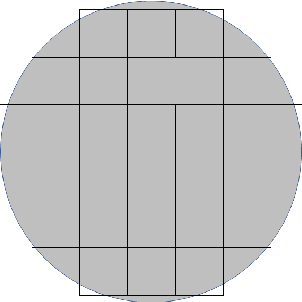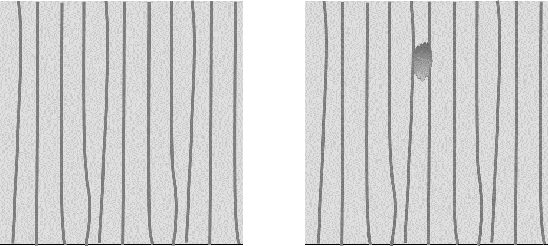Omer Granoviter
Face Recognition Using Synthetic Face Data
May 17, 2023Abstract:In the field of deep learning applied to face recognition, securing large-scale, high-quality datasets is vital for attaining precise and reliable results. However, amassing significant volumes of high-quality real data faces hurdles such as time limitations, financial burdens, and privacy issues. Furthermore, prevalent datasets are often impaired by racial biases and annotation inaccuracies. In this paper, we underscore the promising application of synthetic data, generated through rendering digital faces via our computer graphics pipeline, in achieving competitive results with the state-of-the-art on synthetic data across multiple benchmark datasets. By finetuning the model,we obtain results that rival those achieved when training with hundreds of thousands of real images (98.7% on LFW [1]). We further investigate the contribution of adding intra-class variance factors (e.g., makeup, accessories, haircuts) on model performance. Finally, we reveal the sensitivity of pre-trained face recognition models to alternating specific parts of the face by leveraging the granular control capability in our platform.
Automatic defect segmentation by unsupervised anomaly learning
Feb 07, 2022



Abstract:This paper addresses the problem of defect segmentation in semiconductor manufacturing. The input of our segmentation is a scanning-electron-microscopy (SEM) image of the candidate defect region. We train a U-net shape network to segment defects using a dataset of clean background images. The samples of the training phase are produced automatically such that no manual labeling is required. To enrich the dataset of clean background samples, we apply defect implant augmentation. To that end, we apply a copy-and-paste of a random image patch in the clean specimen. To improve robustness to the unlabeled data scenario, we train the features of the network with unsupervised learning methods and loss functions. Our experiments show that we succeed to segment real defects with high quality, even though our dataset contains no defect examples. Our approach performs accurately also on the problem of supervised and labeled defect segmentation.
 Add to Chrome
Add to Chrome Add to Firefox
Add to Firefox Add to Edge
Add to Edge